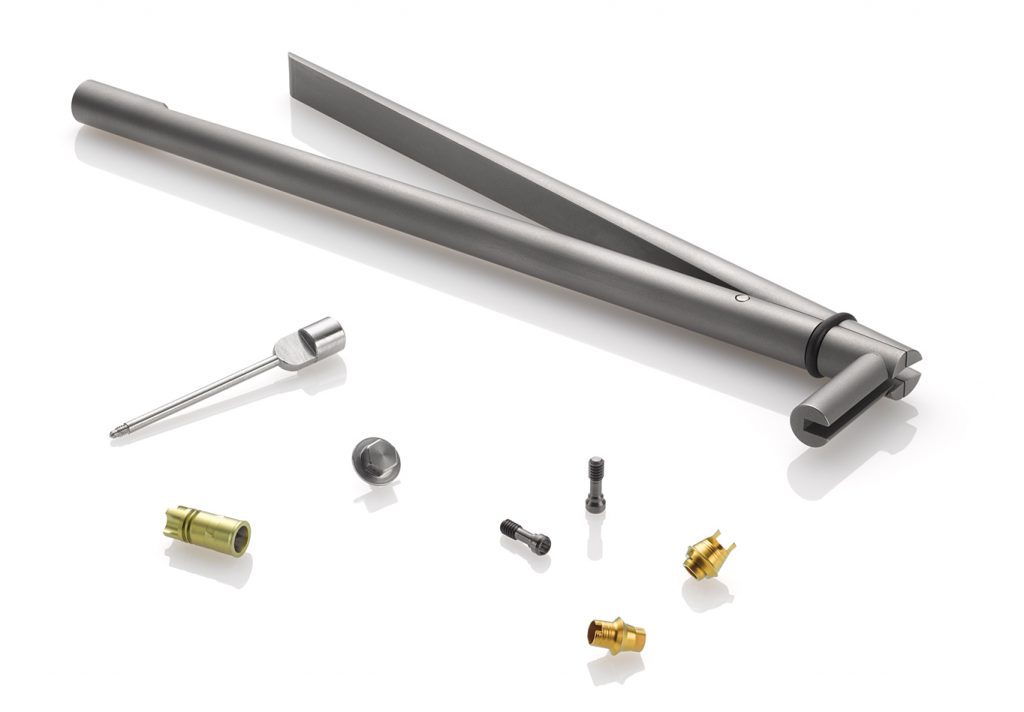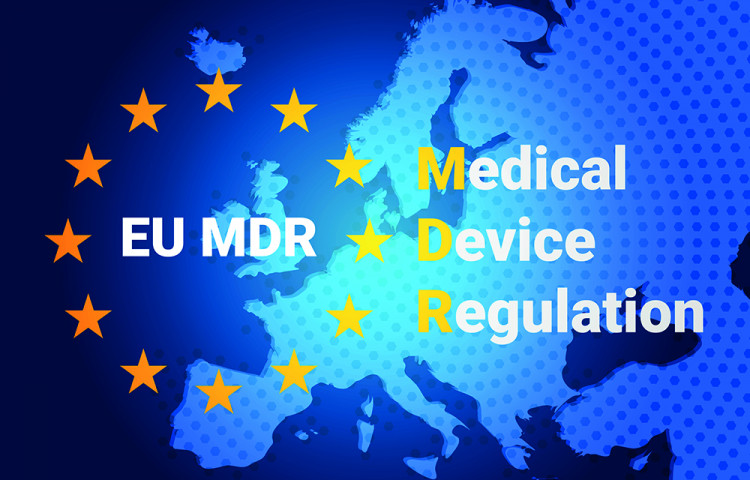To allow authorities, medtech companies, and manufacturers to prioritize the fight against COVID19, the application of MDR has been postponed until May 2021. However, the delay has not made an early start less important. Here is a guide to making sure you have ticked all the boxes to be ready for MDR.
What is the purpose of MDR?
MDR brings EU legislation into line with technical advances, changes in medical science, and progress in law-making. The purpose of MDR is to create a robust, transparent, and sustainable regulatory framework, recognized internationally, that improves clinical safety and creates fair market access for all medtech players.
How does MDR impact your business?
There is a lot of work and costs associated with becoming MDR compliant. According to a survey by Ernst & Young, the total cost of compliance is estimated to between 3.5% and 5% of revenue. This will affect margins and thereby the financial health of many businesses, forcing them to offload product lines or even put themselves up for sale.
Not only will launching new products in the market be significantly more costly due to the demand for more clinical evidence. It will also be more difficult and take longer. One bottleneck is the regulatory Notified Bodies (NB) that slows down product approvals, making Europe look much less attractive as a “first time” market.
Which medtech players will be affected?
MDR hits small companies hard due to their limited resources and capital. At the same time, it makes larger companies more vulnerable to innovative disruption by forcing them to concentrate their efforts on existing customers and technology. In general, bringing new, innovative products to market will be a challenge for all medtech players.
Are you ready for MDR 2021?
As a medtech company, you have probably already started developing and implementing an MDR strategy. However, placing new medical devices on the European market is a complex process, and understanding and adapting to new legislation can be difficult. Here is a guide to making sure you have ticked all the boxes to be ready for MDR in May 2021.
1. Have you paved the way to accelerate your time to market?
To comply with MDR, all your medical devices need to be classified appropriately, and all technical documentation and evidence of compliance need to be available. You also need to have the necessary systems to handle clinical evaluation, quality management, post-market surveillance, and liability for defective devices.
As MDR has increased the workload for regulatory NBs, the process for regulatory, clinical, and certification activities will take a longer time. Have you booked in with your NB for certification? If not, now is the time. You also need to make a strategic decision whether to CE mark the products you plan to bring to the market under either MDR or Medical Device Directive (MDD). Take into account that many NBs have long lead times for new CE mark clients.
To be audit-ready, a strong quality assurance team is crucial. Do you have the in-house capacity required? Go over your capacity and consider alternative sourcing strategies to prepare for increased regulatory checks, safety precautions and tests, and conformity assessments. Partnering with experienced compliance professionals could give you a competitive advantage and shorten your time to market.
MDR requires that all medical devices have a Unique Device Identification (UDI) label after being put on the market. Make sure you have a competent team of engineers in place to implement UDI tracking and new labeling requirements.
Users can claim compensation for damage caused by defective devices. With the new MDR, in the case of non-European manufacturers, also the Authorized Representative will be held responsible together with the manufacturer. Review your agreements and make sure you have measures in place for compensation if necessary.
2. Have you analyzed your existing and future product portfolio?
The winners of MDR will be the ones that prioritize their efforts best in terms of their existing and future product portfolio. If you haven’t already, analyze your product portfolio by grouping products into three categories:
- Today’s products. These are your existing products that are core to your business.
- Tomorrow’s products. These are products already known in the market but not currently in your portfolio.
- Future products. These are your next-generation products, unknown to the market.
The first priority is to ensure that all core products are MDR compliant. However, it makes sense to evaluate if any new products should be given main focus. Focusing on tomorrow’s products will put you on par with the competition after MDR.
However, if you utilize partnerships with a CDMO to ensure that your entire product suite is complete, you can focus your company’s resources on next-generation products. This gives you a competitive advantage and safeguards your business in the long term.
3. Do you need an assessment of your MDR readiness?
Elos Medtech has worked hard from the very beginning to become best-in-class in regulatory and quality compliance. Over the years, we have established quality management processes and documentation procedures to ensure compliance with adequate regulatory requirements. Our quality management system is well documented, and we are certified against standards including ISO 13485:2016 and ISO 9001:2015.

Do you need an assessment of your MDR readiness? We offer a suite of MDR-ready medtech components and can help you complete your offering of tomorrow’s products. This way, you are able to focus your efforts on next-generation products.
Contact us for an assessment of your MDR readiness.
I hope you found this guide helpful. Even though it may feel like MDR throws a wrench in the works, it will bring advantages to medical device companies, CDMOs, and – perhaps most importantly – patients, in the near future.







